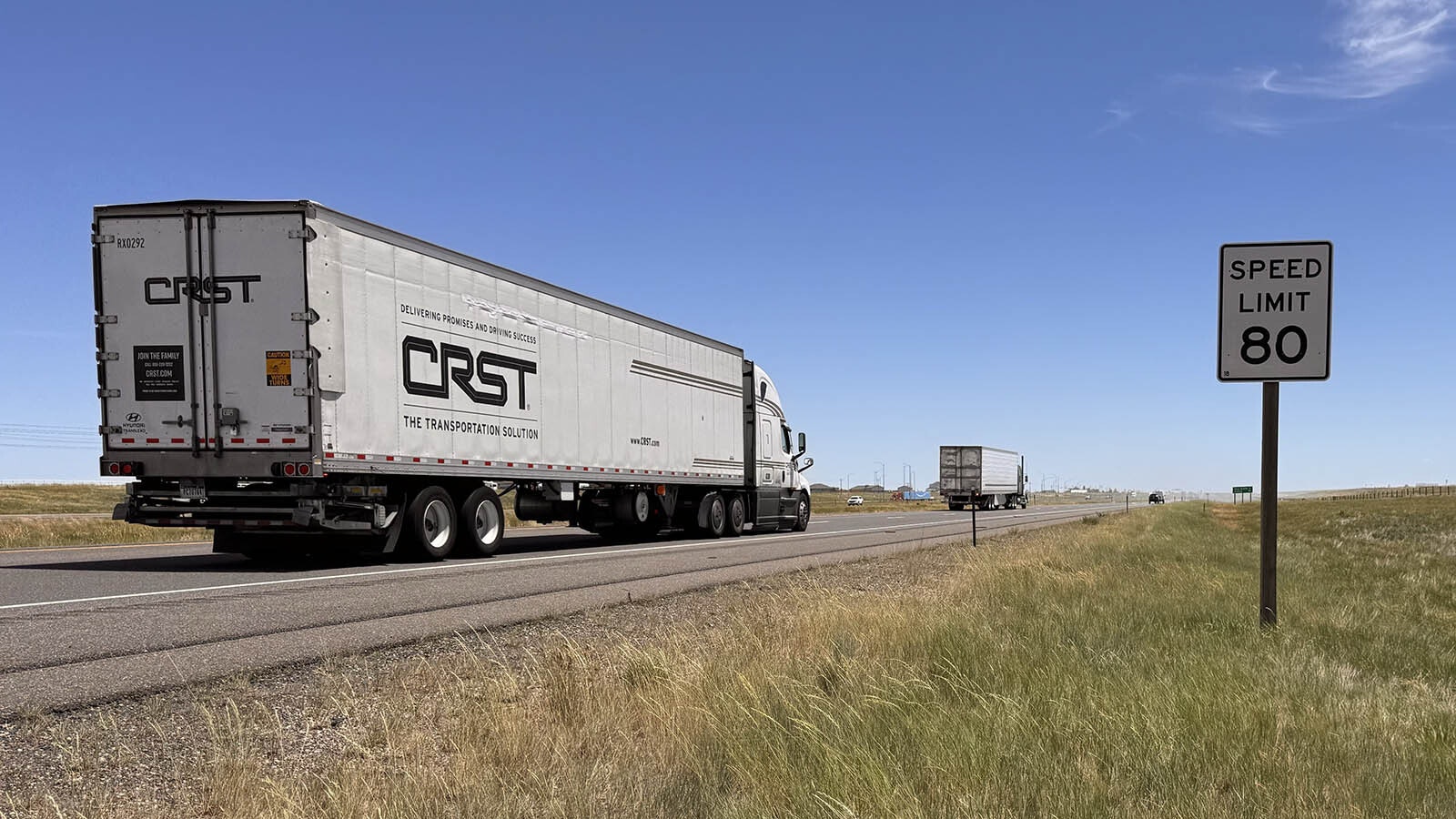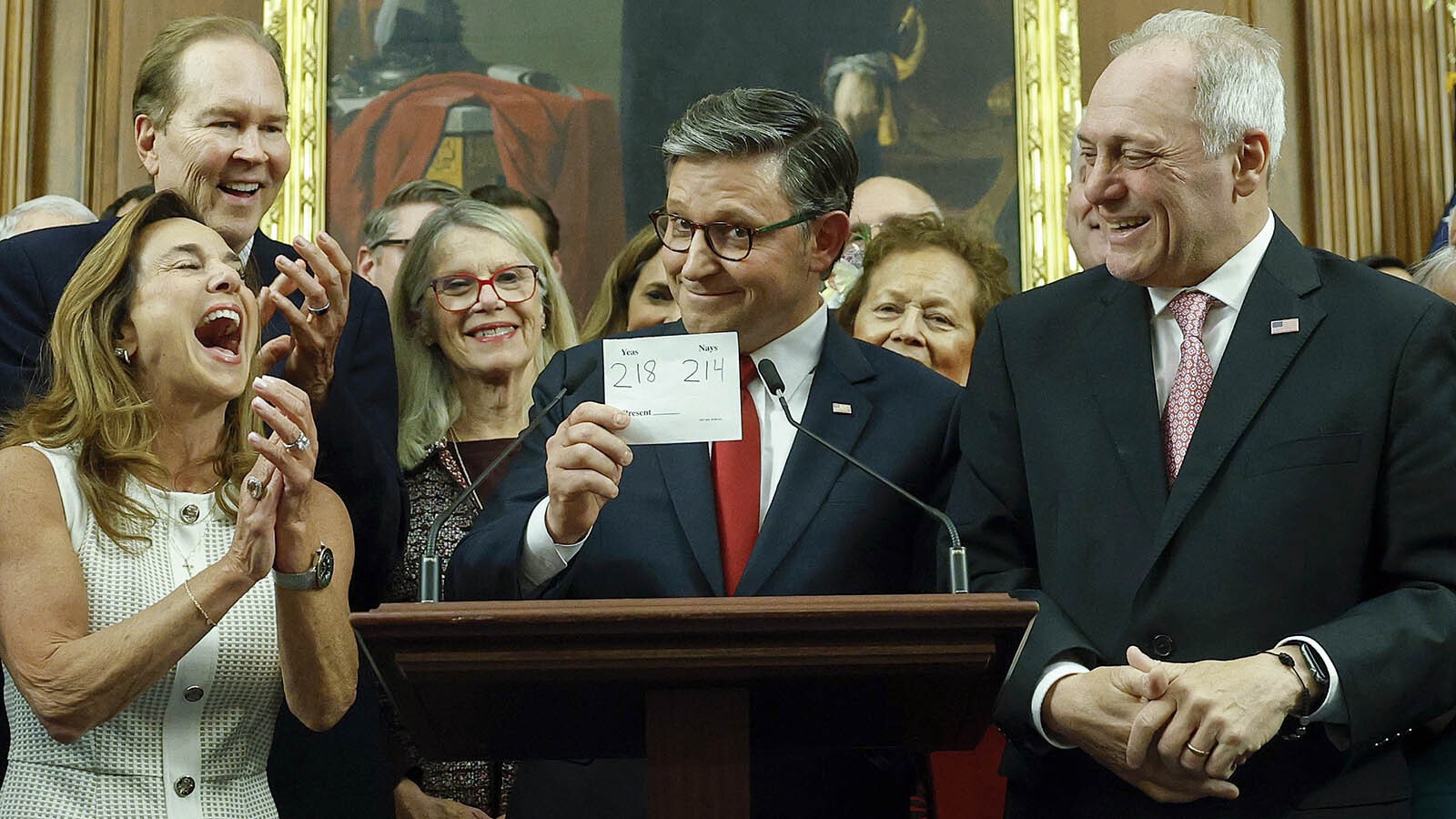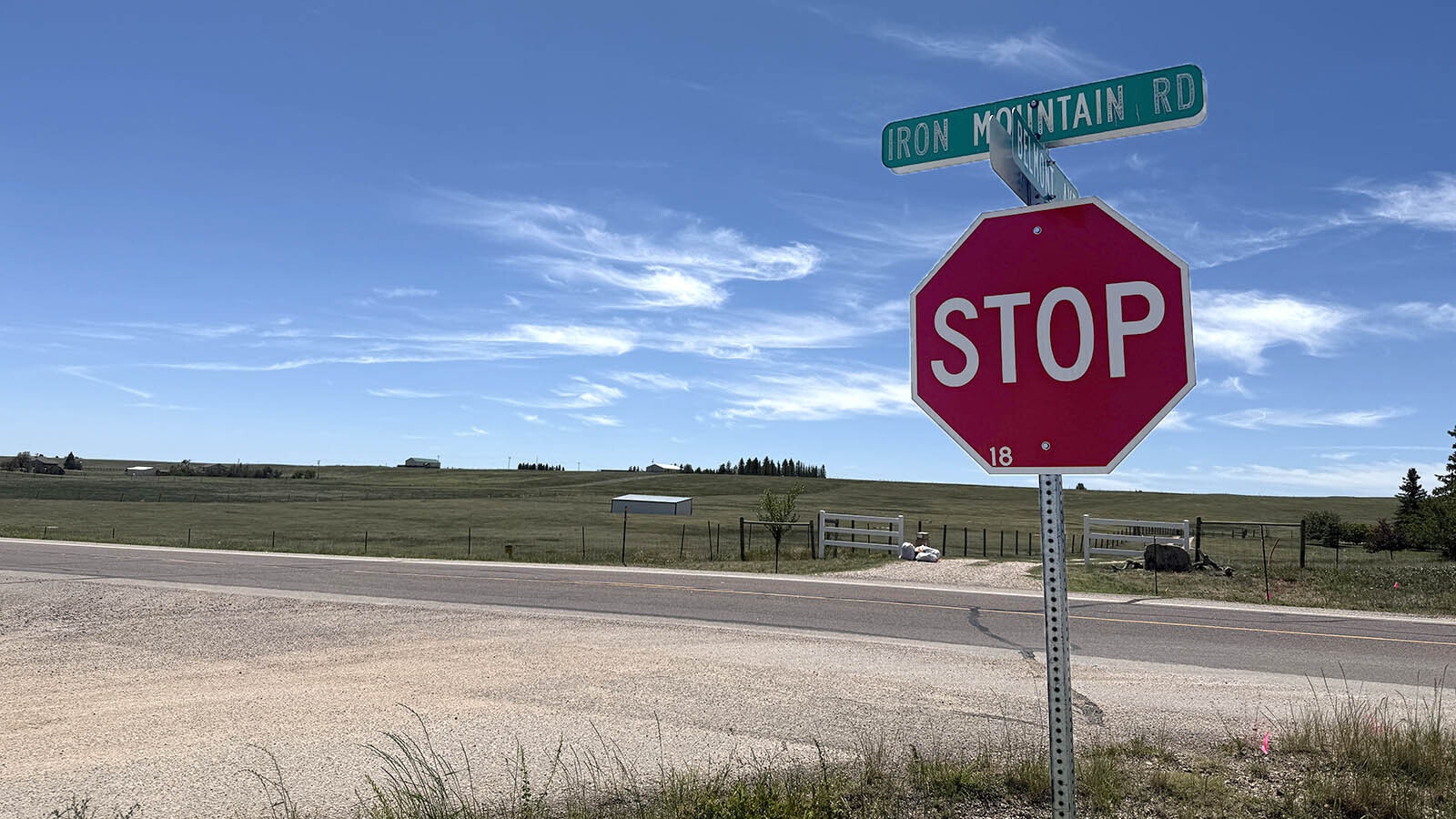The Wyoming Democratic Party wants to increase the state’s $5.15 per hour minimum wage which hasn’t been updated since 2001.
For most hourly workers in the Cowboy State, the state’s rate is overridden by the federal minimum wage, which is $7.25 an hour. But there are occupations where workers are exempt from minimum wage rules, including tipped workers, students and some disabled employees.
If for no other reason, Wyoming is past due to catch up with its minimum wage because it’s the right thing to do, state Democrats say.
El Cameron, chair of the Democratic Party’s Labor Caucus, said during a state party meeting last weekend that raising the minimum wage is a moral and ethical issue.
She believes the responsibility to pay a livable wage to workers shouldn’t fall on society at large and that tipped workers especially in Wyoming play by different rules than their non-tipped counterparts, which she said amounts to selective treatment based on classism.
Tip Of The Iceberg
An employer is allowed to consider tips as part of their staff’s wages, but they cannot pay less than $2.13 per hour to tipped employees. If $2.13 is paid, tips must bring employees’ wages up to an average of $5.15 per hour. If not, the employer shall pay the difference to the tipped employee.
In many Wyoming communities, business greatly slows during the winter months, causing service workers like bartenders and waiters to often receive a minimum wage on their shifts for months on end.
“Asking workers to pay compensation to other employers’ employees is taking our money and we willingly give it,” Cameron, a Laramie resident, said. “We’ve got to stop making excuses for giving people $2.13 an hour and saying it’s OK because other workers will make up the difference.”
Although workers are supposed to claim tips on their tax returns, people cannot receive tax breaks for giving tips, which Cameron sees as giving business owners a loophole.
Some businesses also pool their employees’ tips, which Cameron said creates a situation where one person’s effort can unfairly benefit or hurt another’s.
Cameron isn’t opposed to tipping and said many others she’s spoken to will continue to tip until every worker in Wyoming makes a livable wage.
“And that’s what we’re here to work for,” she said.
The Business Perspective
Many small business owners say that raising the minimum wage would hurt their operations and cause them to raise costs for customers.
Cindy DeLancey, president of the Business Alliance, told Cowboy State Daily wage problems can and should be resolved by the business owners themselves. She believes it should be the private sector, not the government, setting the market for wages.
“You can’t have businesses without human capital,” she said. “We don’t see the need for the government to be stepping and adding more regulations to the labor market.”
In recent years, the minimum wage has been less of an urgent topic in Wyoming and the nation because of a competitive labor market, spurned by many people who started their own businesses after the COVID-19 pandemic. This has resulted in traditionally lower-paying jobs like fast food restaurants and Walmart paying more than $15 an hour to fill positions.
“If you’re not offering top dollar, people are probably not going to apply, which is why I don’t see the need (for an increase),” DeLancey said.
Many have argued this as a reason to not raise the minimum wage, but Cameron said these relatively higher wages are still not enough unless they provide workers livable incomes.
“We work here to have a life, not make people richer,” she said.
Also, the current economic conditions won’t last forever. Typically, a recession brings lower labor demands and wages.
DeLancey said Wyoming businesses will “cross that bridge when we get to it.”
“Businesses are what makes Wyoming better,” she said. “Businesses should be coming up with the solutions to these problems as they arise.”
She believes the best way to elevate worker wages is by providing additional opportunities for education and innovation so workers can attain higher positions and skills.
“That way they can become eligible for roles that have more responsibility and or higher pay,” she said.
The Numbers
Cameron performed a study based on U.S. Census data that determined the minimum livable wage for each Wyoming county and the 16 largest cities in the state, based on the median monthly gross rent price in those areas from 2017-2021. The study defines livable as the income needed to afford rent that is 30% or less of their income.
Cameron also calculated the number of hours an employee would have to work per week at $7.25 an hour to earn 30% of their rent in income.
In Jackson, they would have to work 184 hours, in Rock Springs 101 hours, and Washakie County, considered the cheapest place in the state, people would still have to work 71 hours in one week just to cover rent.
DeLancey said these differences are what make Wyoming the state that it is.
“I’m not surprised that our communities have such vast differences,” she said. “What works in Lusk is not necessarily what works in Cody. We have so many pockets of individualism and beauty in Wyoming.”
That 30% line is generally considered the watermark required to adequately save money in pursuit of future home ownership.
“Every worker in Wyoming must earn a livable wage,” Cameron said.
Some of the results from the study are more predictable, such as the town of Jackson, which requires $33.35 per hour income to make a livable wage based on a $1,601 rent. Others are perhaps a little more surprising, such as Cheyenne, where $18.90 an hour is required, and Cody, where one must make $20.90.
In other communities like Douglas, the cost of living is vastly cheaper, where a worker only needs to make $13.92 an hour to afford the $668 median rent.
Solutions
Cameron sees the wage issue as a two-pronged problem, split between employers not paying staff enough and landlords charging too much.
One of the largest issues with housing costs in Wyoming is a lack of supply.
Cameron believes Wyoming should incentivize construction of permanent housing by dipping into its rainy day fund to draw more workers to the state.
Sheridan County has begun addressing this issue in recent years, establishing a Housing Land Trust and Attainable Housing Council for affordable housing.
Cameron also proposed the idea of rent stabilization, also known as rent control, which are limits put on the rent that a landlord may charge. Cameron said she would support this on a county-by-county basis and views it as an ultimate solution to Wyoming’s housing issue.
“What do we do to make workers want to live in Worland? We provide them a decent house,” Cameron suggested. “That’s one of the things Wyoming’s rural communities can do well.”
Sheridan County Democratic Party Chair Rob Davidson mentioned how recent rate proposal hikes from Rocky Mountain Power and increasing property taxes are costs that will be passed down to renters.
“All the more reason for rent stabilization,” Cameron said.
The Laramie City Council passed an ordinance in January 2022 that requires landlords to register their rental housing units, set minimum habitability standards for those units and established a process for renters to file complaints with the city. The ordinance was partially struck down in Albany County District Court later that year.
In July, a Starbucks in Cheyenne became the first of the coffee giant’s outlets in Wyoming to unionize.
“It’s powerful to say I’m going to stop working until I get a fair wage,” Cameron said.
Leo Wolfson can be reached at leo@cowboystatedaily.com.





